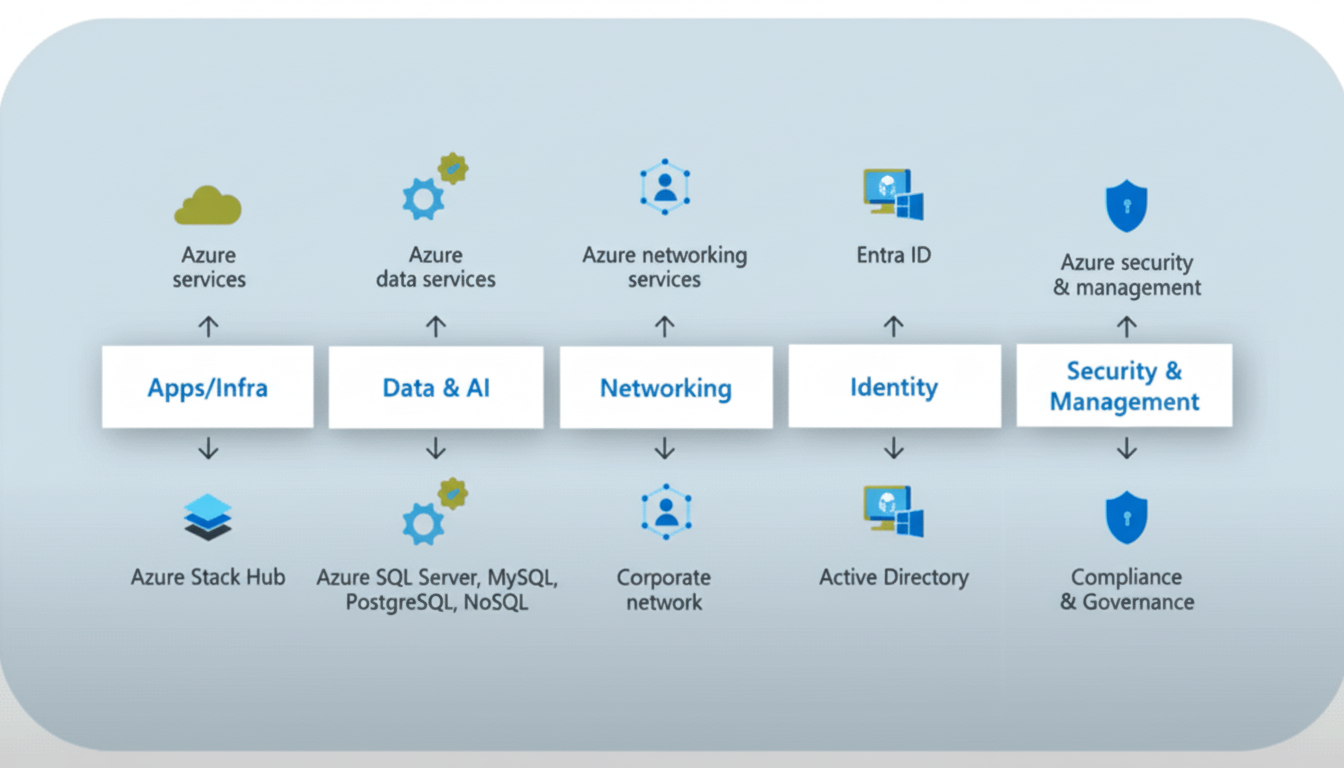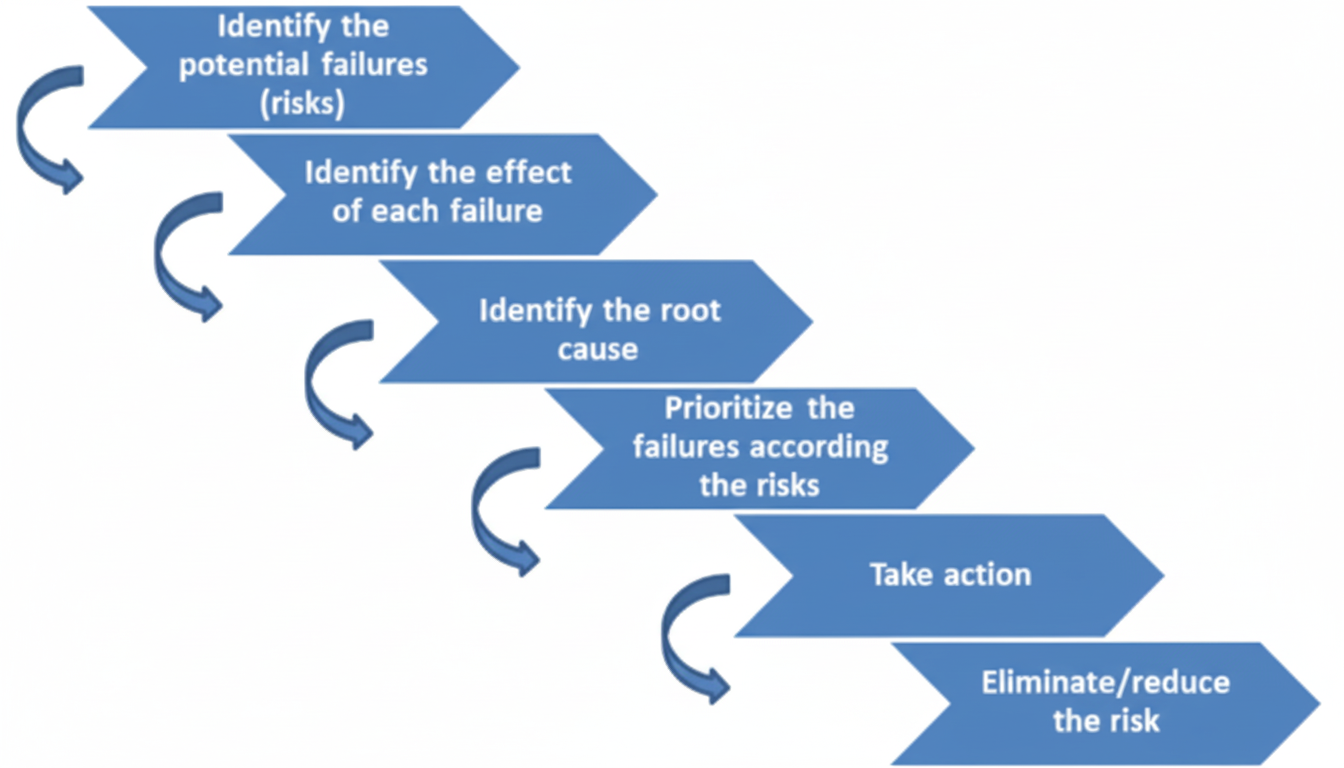Microsoft’s Azure cloud is causing widespread outages of pivotal services like Microsoft 365, Xbox, and Minecraft. Microsoft confirmed the outage on its service health pages. The company believes an “inadvertent change of configuration” was to blame for the outage, which caused the systems to go down and fail to communicate properly. Many third-party sites that have a dependency on Azure are also experiencing outages due to the system outage. The ubiquity of Microsoft’s cloud in consumer and enterprise services has now shut down significant aspects of modern life. Below, we have compiled the available information.
Microsoft’s status communications suggest that engineers are still trying to pinpoint the root cause of the issue and are working on rollback and mitigation procedures. As of this writing, the company has yet to provide a public estimate for restoration time, which is typical during such events, as teams are attempting to verify that fixes are having an effect and lowering error rates in many regions. However, early signals indicate that the problem was not localized. Failure to reset control-plane components or authentication services quickly gives rise to a range of other troubles when a configuration change is made.
- User symptoms across Microsoft 365 and Xbox services
- Third‑party sites on Azure report instability and outages
- Why a configuration change can cascade globally
- Scale and business stakes of a major Azure outage
- Practical steps for users and Microsoft 365 administrators
- Guidance for SRE and platform teams during incidents
- Cloud reliability context and resilience considerations

User symptoms across Microsoft 365 and Xbox services
Users are experiencing sign-in failures, timeouts, and degraded performance across Microsoft 365 workloads such as Outlook, Teams, and SharePoint. Xbox players are unable to sign in, are having difficulty connecting to others via matchmaking, and are struggling with cloud saves, with issues reaching Realms and multiplayer sessions.
Third‑party sites on Azure report instability and outages
The blast radius expands beyond first‑party apps. Websites of retailers and consumer brands that build on Azure, such as Costco and Starbucks, have become unreachable or unstable. Microsoft 365, Xbox Live, and Minecraft have seen a sharp increase in the number of problem reports on crowdsourced monitoring services such as Downdetector, while tens of thousands of businesses are seeing their Microsoft 365 admin panels flagging authentication loops and error messages.
Why a configuration change can cascade globally
Large clouds use distributed configuration systems to route traffic, apply policy, and manage identity. A misbehaved rule or parameter that is propagated globally by a configuration system can cause a break across many dependencies, especially DNS, load balancing, and identity. If Microsoft Entra ID is indirectly influenced, logins will be disabled across M365, Xbox, and third-party apps that connect through the same identity plane.

When changes are applied, Microsoft frequently utilizes “safe deployment” rings, which means upgrading a percentage of the infrastructure and only then scaling. Commits sometimes interact with unforeseen dependencies, which can cause edge occurrences. It also takes time to roll back a global modification. Because configuration data must be spread across regions and services, it takes time to converge while verifying data integrity to prevent additional undesired responses, even on the opposite side of the world.
Scale and business stakes of a major Azure outage
Despite frequent changes in the underlying power base, platforms such as Azure have always been ranked second in the market by organizations including Gartner and Synergy Research. An economic sector this large is almost unimaginable. Microsoft stated that the vast majority of the Fortune 500 uses Azure. Thus, finance, retail, healthcare, and gaming could all experience such effects at the same time.
Service level agreements are based on availability tiers — 99.9% allows about 43 minutes of monthly downtime, dropping to 4 minutes for 99.99%. While there are typical service credits when SLAs are breached, they rarely compensate for the operational disruptions, lost revenue, and reputational harm that high-profile downtime entails.
Practical steps for users and Microsoft 365 administrators
- Review Microsoft’s Service Health Dashboard and the Microsoft 365 admin center for tenant-specific directions.
- Stay signed in to desktop apps — your current tokens will help keep your session alive if you hit any identity hiccups.
- Most Office applications work in offline mode, so use those.
- Queue emails to send later.
- Avoid changing your password or multi-factor authentication settings until you know the environment has stabilized.
Guidance for SRE and platform teams during incidents
- Turn off features that hard-depend on the afflicted service’s API.
- Implement exponential backoff and circuit breakers.
- Extend cache times for important content.
- When feasible, reroute traffic through secondary regions or suppliers.
- In real time, keep a log of incident timelines and user communications; this will speed up postmortems and compliance requirements.
Cloud reliability context and resilience considerations
Despite widespread advantages, the fundamental interconnectedness of cloud services from specific vendors may produce large-scale impacts if clouds collide. Resilience patterns, such as multi-region failover, staging rings, feature masking, chaos testing, and cross-provider redundancy, help contain the blast radius but come at the expense of complexity. The lesson is a familiar one; the majority of outages commence with little adjustments that interact with massive systems. The current goal is restoration; the following goal is comprehending how a tiny configuration change might impact so many workloads so quickly.

